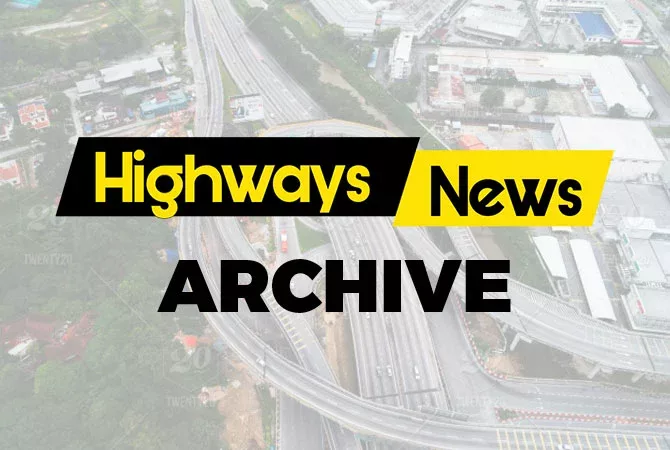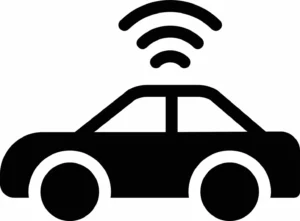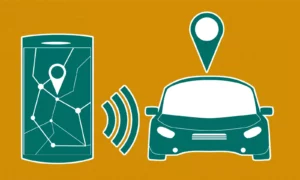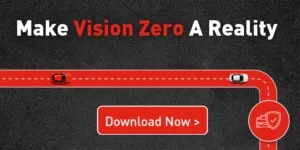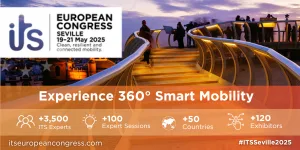A major new report is highlighting how everyday technology already installed in vehicles or added by drivers could enable a range of connected services to be developed and deployed.
It says this could make driving smoother and safer and traffic management more efficient and effective, but only if gaps in the chain between data generation, collection and ultimately data use are plugged.
Dashcams, black-box insurance products, smartphone apps and satnavs all generate huge volumes of data, but the key to making the most of that data lies in getting it, appropriately processed, into the hands of those taking the decisions, be they the drivers of vehicles or those responsible for designing and managing traffic control systems. This is an institutional rather than a technological issue, with the challenge of developing a compelling business model to get the right people in the right places with the right skills to maximise the value of the data coming through.
In a report for the RAC Foundation, Andy Graham of White Willow Consulting looks at four examples where data is collected and shared through connectivity:
- In-Vehicle Signage (IVS) – displaying road signs and warnings to the driver inside the vehicle;
- Green Light Optimal Speed Advisory (GLOSA) – which tells drivers what speed to adopt to pass through the next set of traffic lights on green;
- using vehicle data to improve road maintenance; and
- using vehicle data to improve traffic light timings.
Graham concludes that in each instance there is potential for wide benefits to be achieved, but action will be needed to fill a set of current gaps in the delivery chain without which that potential will not be realised.
In the report – Driven by information: Securing the benefits from connected vehicles – Graham says that there is a risk of allowing the best to become the enemy of the good. He also shows that there is potential to bring forward the benefits of connectivity by focusing on specific applications and specific locations, rather than trying to develop a universal high tech solution: “early services need simply to be ‘good enough’ to make ‘enough roads’ better.”
Amongst solutions to filling the gaps are for the Department for Transport and the Centre for Connected and Autonomous Vehicles to set out a strategy for securing the early benefits of connectivity, to support wider evaluation and awareness of its benefits across both industry and highway authorities, and to consider establishing a central data warehouse that individual local highway authorities could more easily access.
Steve Gooding, director of the RAC Foundation, said, “The modern car is sometimes described as being akin to a mobile phone on wheels, such is its ability to receive and transmit information.
“But what benefits might connectivity enable? In-vehicle telematics systems and apps on smartphones in vehicles of all ages and types generate data about a wide range of things, from the speed at which the vehicle is moving and its location, through to capture of images from dashcams or smartphones and through to the acceleration of the vehicle.
“Location and speed data can enable highway authorities to monitor queuing at traffic lights and retune their timing, while processed images of the road surface and data on acceleration and braking can allow real-time monitoring of road surface condition and thus inform highway authorities’ maintenance and repair plans to save money.
“Tackling these issues now by filling these gaps could be an important step on the way to ensuring highly automated and ultimately autonomous vehicles both generate and receive the data they will need to provide smooth, safe and efficient travel for the road users of the future.”
Andy Graham, the report author, added, “I was delighted to undertake this research for the RAC Foundation. It reinforced my view that the complete detailed data chain needs to be in place for benefits to flow widely. It must also include softer aspects like driver acceptance and trust, training and support for highway authorities and ensuring a focus on all road users’ data, not just that harvested from new cars. Testing technology alone is not enough.
“It also shows there is no single silver bullet solution – I found many gaps across the four services that are common which need to be filled by many different players in the data chain.
“Work is already starting on completing some of these gaps, but they all need to be filled for the full benefits to flow.
“The four services I looked at can all use existing 4G communications for ‘good enough’ services and also ‘piggy back’ on one another to increase benefits. We need to combine services as drivers do not know or care about the difference between them. We need to think of what the driver wants first, not the technology definitions”
“The UK leads the way technically in many of the service areas I looked at, especially with new innovations in traffic lights and asset management. But taking these ideas from technical research to wider day to day use by practitioners remains the challenge.”



